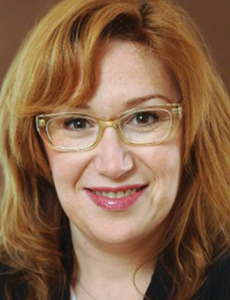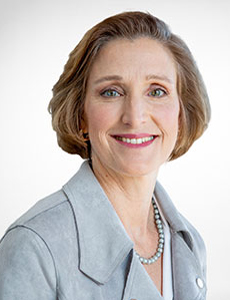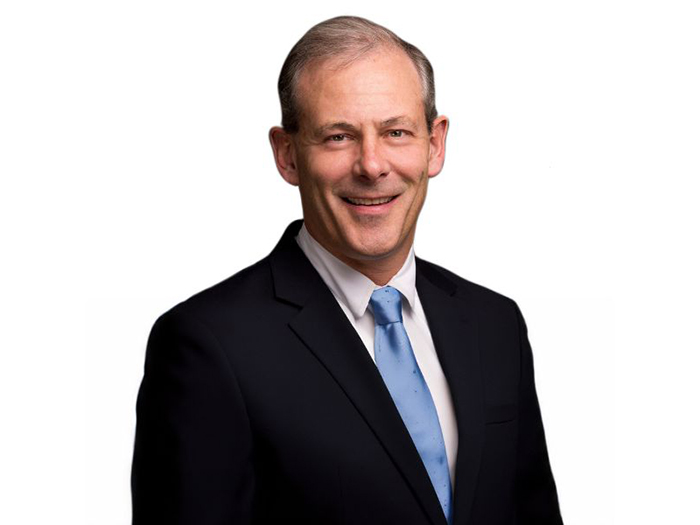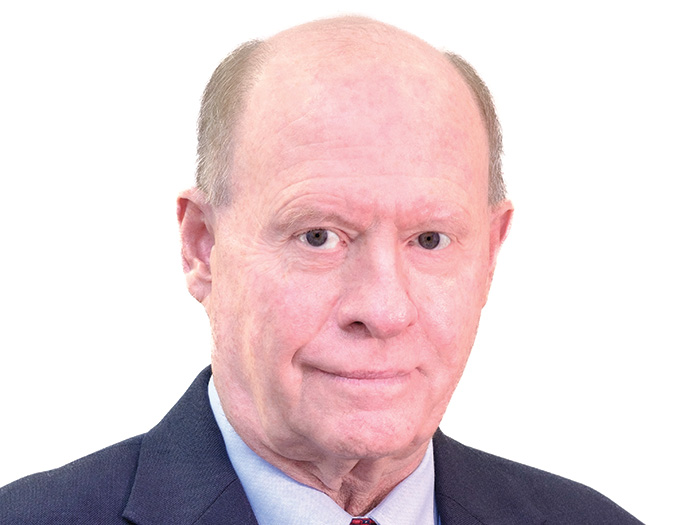Insurance Is Too White and Male. These Female Execs Would Like to Change That

For Jane Sandler and Laura Rock, diversity, equity and inclusion are personal.
Sandler emigrated to the United States from Ukraine at the age of 17.
“My journey was not always easy, but I am humbled by how far you can get if you set your intentions, take risks and work hard,” said Sandler, now vice president of global risk management at McKesson Corp.
Rock grew up in the United States but spent teenage summers in Saudi Arabia. She and her mother were not permitted to sit in certain seats on the bus, and Rock was only allowed to swim with a chaperone present.
“It made me much more conscious of the opportunities we have and the progress we made — particularly in terms of gender equity — in the United States. It also made me not want to be complacent about the barriers that persist today for many people,” said Rock, now chief human resource officer for Zurich North America.
Sandler and Rock shared their stories during a virtual session of the RIMS LIVE 2021 conference. They explained the importance of the insurance industry embracing diversity, equity and inclusion — particularly after global calls for racial equality in 2020. They also discussed how the pandemic is rapidly changing the future of work.
Taking an Honest Look in the Mirror
Attracting diverse talent is a logical first step for the traditionally white male insurance industry.

Jane Sandler, vice president of global risk management, McKesson Corp
That doesn’t mean simply hiring people from under-represented communities to entry-level positions. It means giving them opportunities throughout an organization’s hierarchy. If successful, the industry could help reverse a troubling national trend: 43% of Black private sector workers in the U.S. make less than $30,000 per year, compared to 29% for the rest of the population, according to McKinsey.
“It’s not enough to simply have diverse talent somewhere in the workforce ranks. Businesses need to be sure it’s at all levels,” said Rock.
Once hired, it’s crucial to drive a culture of inclusivity — which means the industry would need to make some fundamental changes.
“The golf course has traditionally been where a lot of our business is done. At the same time, for diverse talent, golf can be a barrier,” said Rock. “As an industry, we have to develop additional, inclusive ways to connect and provide all our employees opportunities to build those important relationships.”
It’s Not a Project, It’s a Journey
During their RIMS session, Rock and Sandler got specific about how their organizations are driving diversity efforts after calls for racial equality in 2020.
Zurich formed the Diversity and Inclusion Council with internal members as well as customers and community organizations. Its CEO signed the CEO Action Pledge — committing to increase equity for all, expanding training opportunities and supporting development and succession planning. The company also publicly shared demographics that currently show a 50/50 split between men and women, and the racial breakdown being 78% white, 8% Asian, 7% Black, and 5% Latinx. By sharing those numbers, they hope to propel company leaders to begin improving upon them.
“It isn’t something we see as a project or initiative. It’s a journey,” said Rock.
McKesson made similar efforts. It worked internally to develop a stronger, more impactful DEI strategy, created the new role of Corporate Impact Officer, and cultivated robust employee resource groups. The company also joined the United Nations Global Compact, promising to adopt sustainable and socially responsible policies, and upgraded offerings for LGBTQ employees.

Laura Rock, chief human resource officer, Zurich North America
“We want to enhance inclusiveness. We want open and candid discussions. And we want to confront our unconscious bias,” said Sandler. “It’s all about bringing your true self to work and encouraging others to do the same.”
That means, said Sandler, cultivating a “willingness to look in the mirror, be honest about where we fall short and then do something about it.”
The Digital Divide
The RIMS panelists also discussed how the pandemic is changing the future of work.
As people hunkered down and the digital work became the norm, a skills gap between digitally minded workers and everyone else widened.
That hurts underrepresented employees, they said. Offsetting that trend falls on managers who should accelerate the pace of continuous learning and cultivate empathetic leadership to support and prioritize development.
At Zurich, leaders launched a program matching internal workers with areas of need inside the organization, allowing managers to get the help they need and workers to up-level their skills. It taught workers new skills while simultaneously allocating resources to business units that needed them most (and away from areas where COVID-19 led to slowdowns).
“It’s like an internal gig economy platform,” said Rock.
There’s a war for talent and younger generations are typically not attracted to the insurance industry. That’s why upskilling and investing in existing workers is crucial.
“With this approach, we’re not going to struggle as much in the war for talent, because we’re not constantly churning,” said Rock. “And our employees have the chance to enhance their value. It’s a different approach to managing people than what has been traditional in Corporate America.” &










